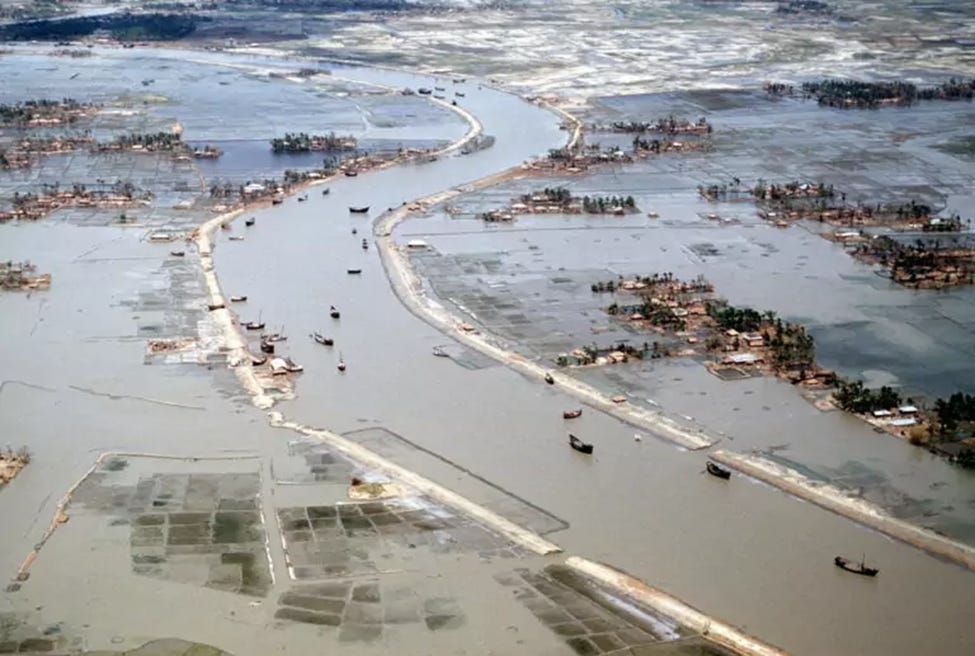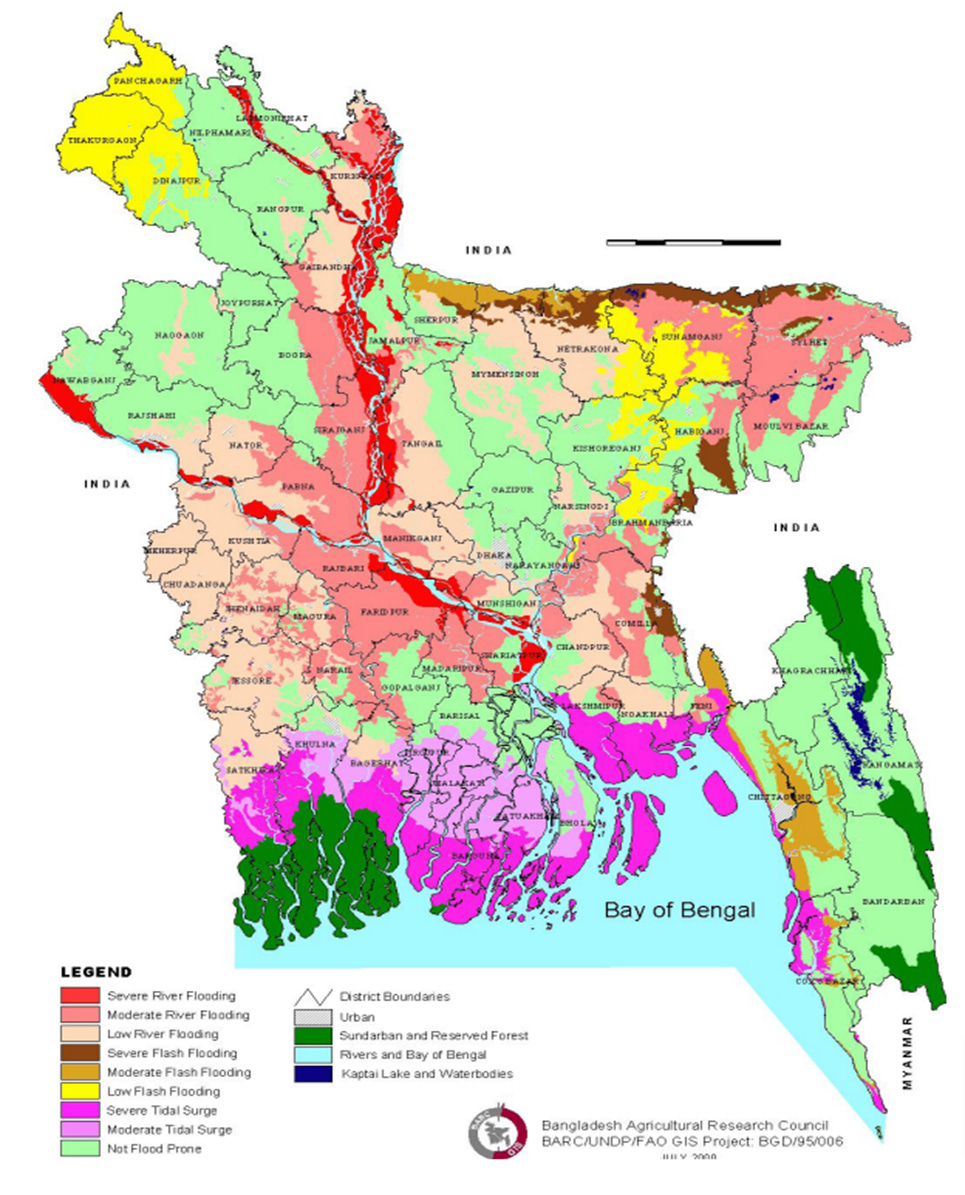Surging Demand for Monsoon Climate-Resilient Homes in Bangladesh

In Bangladesh, there is a growing demand for monsoon climate-resistant homes. This is a clear and urgent desire, fueled by the increasing frequency and intensity of extreme weather events, the growing awareness of the need for climate resilience, and the desire for a more sustainable and secure future. With traditional housing methods falling short in the face of these challenges, the need for homes that can withstand the forces of nature is more pressing than ever before. Given that nearly 60% of Bangladesh's population is exposed to high flood risk, a higher proportion than in any other country in the world except the Netherlands. This heightened vulnerability is further exacerbated by climate change, which is leading to more frequent and intense extreme precipitation events and more erratic rainfall patterns. Under a high-emissions scenario, the magnitude of peak river flow could increase by 36% on average by 2070–2099 relative to 1971–2000. These factors underscore the critical need for effective flood management strategies and resilient housing solutions.
Another factor driving the demand for monsoon climate-resistant homes is the increasing cost of rebuilding after a disaster. In the aftermath of Cyclone Sidr in 2007, for example, the cost of rebuilding was estimated to be US$3.5 billion. Cyclone Amphan in 2020, the most potent cyclone in the Bay of Bengal, damaged over 200,000 houses, underscoring the imperative for resilient housing.
Recognising the urgency of the situation, the Bangladeshi government launched the Climate Change Adaptation Strategy and Action Plan in 2015. This initiative encompasses diverse measures to encourage the construction of climate-resistant homes.
To build monsoon climate-resistant homes, various strategies are deployed such as using elevated platforms for flood protection and resilient materials like concrete and metal. Notable examples include URBANA's raised settlement model for sandbar islands and BRAC's two-storey brick house in Satkhira, which can withstand strong winds and has rainwater-collecting tanks.
The demand for monsoon climate-resistant homes is likely to continue to grow in the years to come. As climate change intensifies, the need for safe and affordable housing will become increasingly important.


